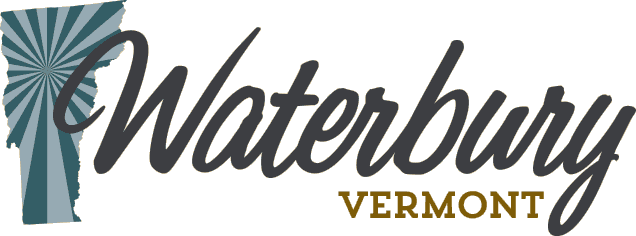About Waterbury
Waterbury Today
Waterbury's pattern of development is generally typical of compact settlements surrounded by rural, less densely populated countryside. There are three distinct settlement areas: Waterbury Village, Colbyville, and Waterbury Center, which are characterized by concentrated residential development and mixed neighborhood commercial establishments and services.
Waterbury Village
Waterbury Village is listed on the National Register of Historic Places as a historic district and contains an impressive collection of historically and architecturally distinctive structures. Many of Waterbury's civic and institutional resources are located here, including the municipal offices, the elementary school, the post office, several churches, the Village Police Station, a public library and museum, the fire station, and several recreation facilities. It is also home to over 1,700 Waterbury residents.
Colbyville
The settlement of Colbyville includes the area from the foot of Blush Hill northward on Route 100, beyond the Thatcher Brook Inn, to Ben & Jerry's Homemade, Inc. It currently contains a mixture of uses, including residential, commercial and manufacturing. The northern most part of the area lies outside of the Village and is not served by municipal water and sewer.
The area was first settled in 1788 and has historically supported commercial and industrial activity. Two falls (the upper and the lower) in the Thatcher Brook provided power for several mill and manufacturing operations through the 1800's. Historical records suggest that the Colby mills were probably the first large mills in Waterbury. At the current site of the Mobil Station stood a schoolhouse. In the late forties, the Colby Mansion was the Colby Private Hospital for the elderly; it is now renovated and used an office building.
Waterbury Center
Off of Route 100, the Waterbury Center Common is one of Waterbury's earliest settlements. Here you'll find the Waterbury Grange, a post office, a general store, a fire department, recreation areas, and a residential neighborhood. Nearby is the Green Mountain Seminary, which is listed on the National Register of Historic Places.
Waterbury Center is also characterized by a concentration of mixed uses along Route 100. In the midst of what appears to be tight, mixed-use, residential settlement is Cold Hollow Cider Mill, one of Vermont's major tourist attractions. It stands adjacent to the Waterbury Center Community Church, which is listed on the National Register for Historic Places.
